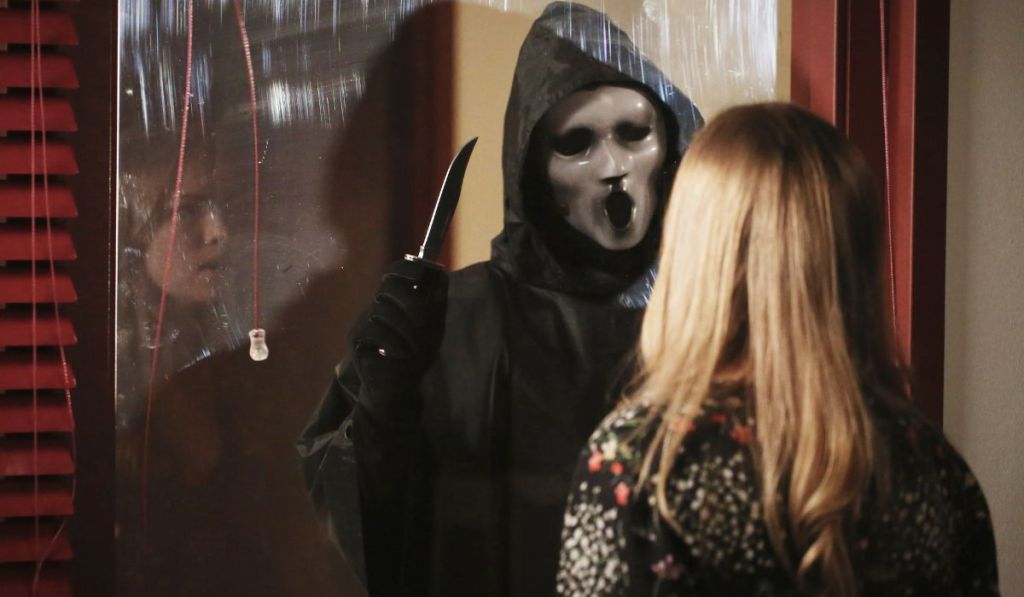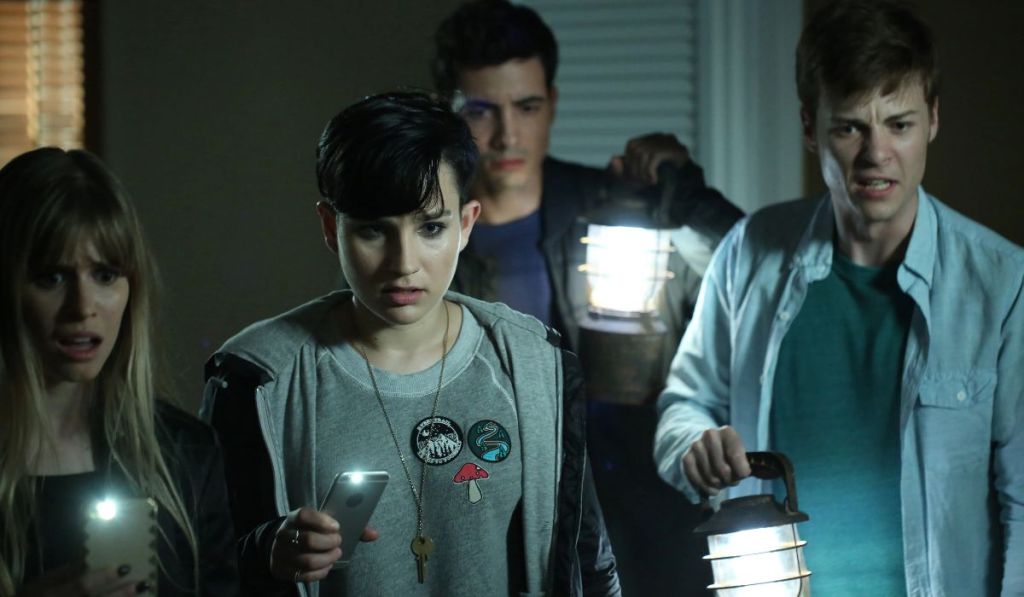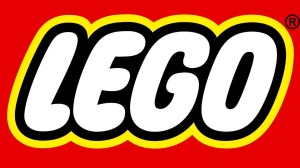In 2015, a horror TV show premiered that, at first glance, looked like just another cash grab off a popular and beloved movie franchise. But there was something different about it – the youthful vibe, the quick cuts, and the discussions about digital identity and cancel culture (even if in a very early form) hinted that this production was trying something bold. It wanted to be more than just a generic slasher. It wanted to be relevant. But the timing, execution, and behind-the-scenes drama doomed it. What was supposed to be a contemporary revival ended up becoming a strange, unstable, and ultimately forgotten experiment. We’re talking about Scream: The TV Series.
Videos by ComicBook.com
Inspired by the movie franchise created by Wes Craven and Kevin Williamson, the show wasn’t a direct adaptation, but rather a reinvention. New characters, a new city, and a new masked killer. The idea was to give the film universe a fresh spin for a hyperconnected generation used to social media, viral videos, and the stress of being watched online all the time. The first season introduced the fictional town of Lakewood, where a string of murders begins after a humiliating video spreads across the internet. At the center of the story was Emma Duval (Willa Fitzgerald), a teenager who gradually discovers she is connected to the town’s past and the killer’s motives.

The show’s great merit was trying to update the language of teen horror for a new era. If in the ’90s horror came from threatening phone calls and the figure of a killer lurking behind bushes, now fear arose from cell phone notifications, public posts, and secrets on the internet. The show focused on flirting with increasingly modern themes such as cyberbullying, online exposure, identity, grief, and emotional repression – all with dialogue that tried to be self-referential and self-aware, in the style that made the first Scream a classic.
However, moving a movie story to a TV format back then was very risky. Obviously, series such as Hannibal or Bates Motel are not exactly recent productions, but the way they were portrayed in relation to their original stories was much more authorial, almost reinventing the narrative universes rather than simply extending them. This distanced them from the common risks of adapting horror films directly, as is often the case with the slasher subgenre. In Scream, the attempt to sustain tension, deaths, and mystery for 10 or 12 episodes was much more fragile. The movies in the franchise work perfectly in two hours, but in a serialized format, the pace and depth of the characters require much more care, something that the adaptations didn’t always get right back in the day.
[RELATED – Scream: The TV Series Star Willa Fitzgerald on a Possible Franchise Return (Exclusive)]
Scream: The TV Series was ahead of its time in terms of premise and themes, but it was this bold attempt to tell the same story in a new format that caused the execution to fall short. The effort to balance teenage dilemmas with the mystery of a serial killer often resulted in a product that didn’t fully satisfy either side. The episodes oscillated between suspense and drama without ever finding a truly cohesive tone. Plus, budget constraints and performances that didn’t always manage to carry the emotional weight of the situations didn’t help. But the main issue was what should’ve been paramount, given the story officially revolves around the same premise as the franchise.

The absence of Ghostface’s iconic original mask in the first two seasons meant it had to be replaced. For legal and copyright reasons, the production team opted for a new, more modern mask, but one that was less striking. Unfortunately, this alienated some of the horror franchise’s most ardent fans and created an unnecessary distance between the series and its source material. It was as if the show wanted to be Scream, but couldn’t quite be, and in the end, it felt forced.
Still, at first, it wasn’t a total failure. Watching the series with an open mind made some viewers real fans, who appreciated the central mystery and the twists worthy of a good whodunnit. On the other hand, behind the scenes, production was far from smooth. Constant changes in showrunners, script problems, and uncertainty about the show’s future led to delays and a third season that took years to be released – many who watched the series didn’t even know it existed.
Season 3, released in 2019 with the subtitle Resurrection, represented a complete reboot. New city, new cast, new story – and finally, the return of the original mask. The problem? It was too late. With only six episodes, the show completely lost its previous identity and failed to attract both new viewers and old fans. What was supposed to be a renewal was, in fact, a clear sign of creative exhaustion and lack of direction. And so, Scream ended on a melancholic note, without a real conclusion or lasting cultural impact.

Looking back, it feels like the show tried to be something important. It tried to modernize the slasher genre for the digital age, aimed to speak to an audience no longer easily scared by clichés from the past, wanting to be relevant, clever, and reflective – and sometimes it was. But the truth is that it lacked consistency, institutional support, and above all, time for the production to mature its ideas and find its place. Today, with some horror productions exploring different types of themes, it’s easier to recognize what Scream was trying to do.
If it had been released a few years later, with a more robust budget and greater creative freedom, it might’ve been hailed as innovative. But in 2015, it was still too early – and that’s exactly why Scream became a disaster with ambition. On the other hand, sometimes this is more interesting than predictable success. Perhaps today it is worth revisiting it with a more contextualized view.
Scream may not have been perfect, but it was daring – and in the world of adaptations, that is almost a miracle.
Scream: The TV Series is available to stream on Apple TV+.









